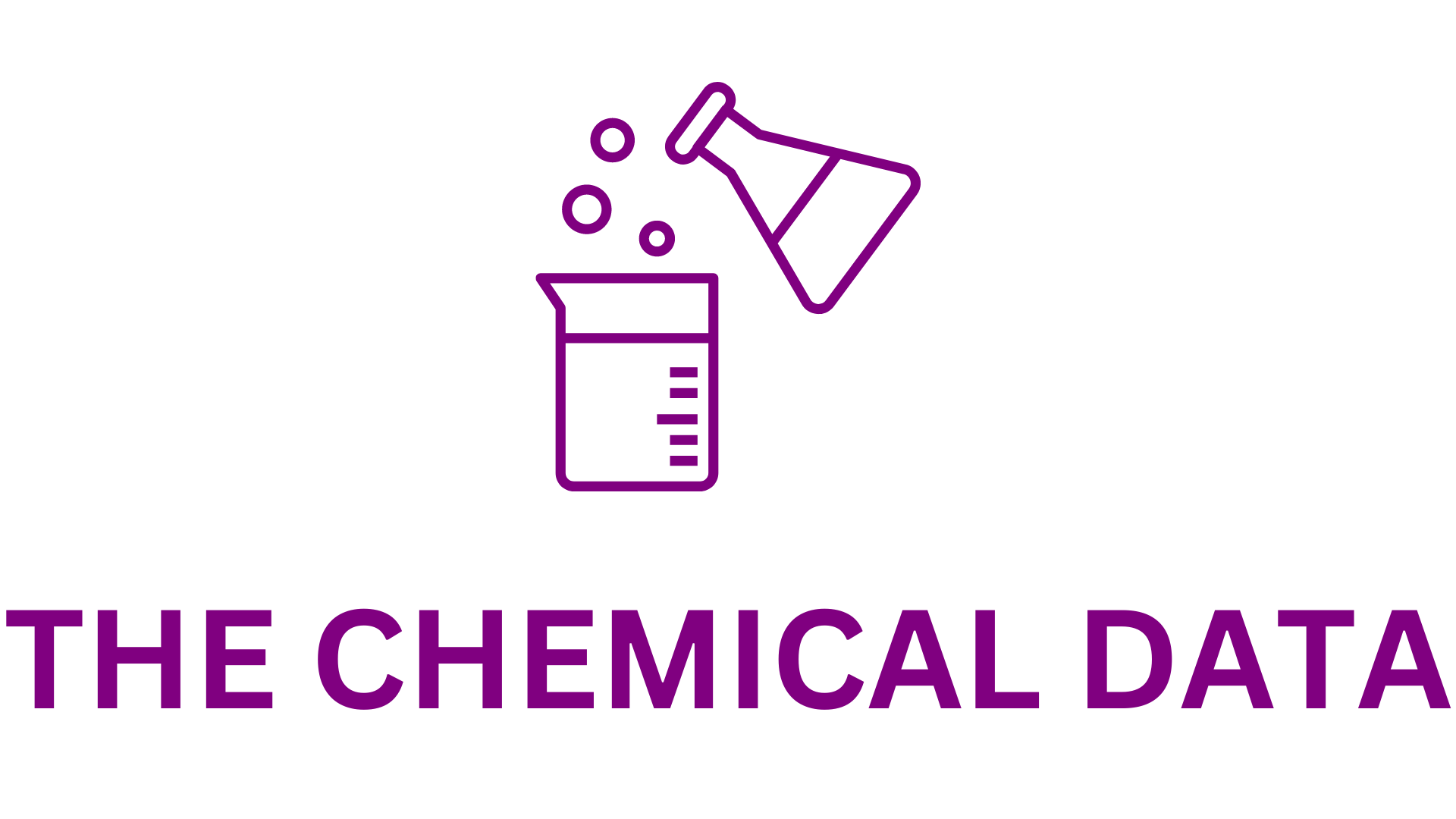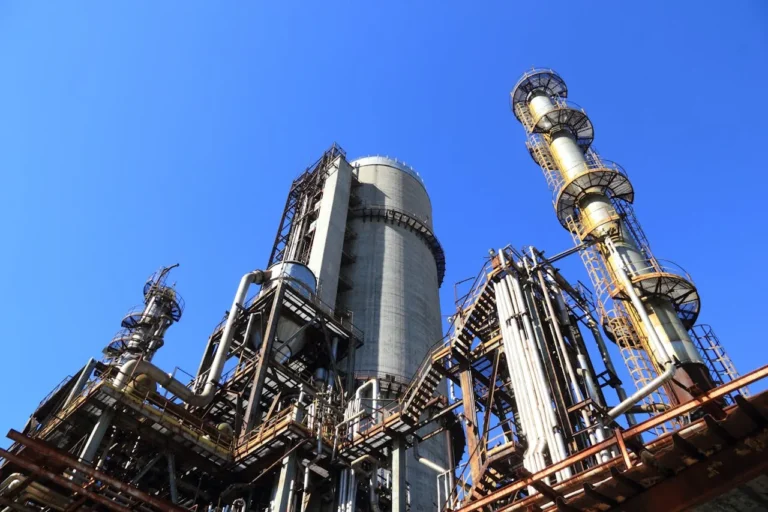
GC and PE LNG Partner to Harness LNG Cold Energy for Sustainable Olefins Production, Supporting Thailand’s Net Zero Goals
PTT Global Chemical Public Company Limited (GC), a leading global player in the chemical and petrochemical industries with a strong focus on sustainability and innovation, has signed a landmark cooperation agreement with PE LNG Company Limited (PE LNG). This partnership marks a significant milestone in advancing energy efficiency and sustainability within Thailand’s industrial sector.
PE LNG is a joint venture between PTT LNG Company Limited (PTTLNG), a subsidiary of PTT Public Company Limited, and the Electricity Generating Authority of Thailand (EGAT). The collaboration focuses on a groundbreaking project that aims to utilize the cold energy generated during the regasification of liquefied natural gas (LNG) to enhance energy efficiency in GC’s olefins production processes.
Driving Sustainable Industrial Innovation
At the heart of this initiative is the strategic use of cold energy, a byproduct of LNG regasification. LNG, or liquefied natural gas, is created by cooling natural gas to approximately -160 degrees Celsius, transforming it into a liquid form for ease of storage and transportation. However, before it can be used as fuel or feedstock in various processes, LNG must be converted back into its gaseous state. This process releases a substantial amount of cold energy, which is typically wasted unless captured and reused.
By leveraging this untapped energy source, GC and PE LNG aim to drastically improve the energy efficiency of olefins production—a key component in the manufacturing of plastics and other petrochemical products. Through this project, cooling energy will be transferred via an intermediate heat exchange system from the Map Ta Phut LNG Terminal 2, located in Ban Nong Fab, Rayong Province, to GC’s olefins production facilities.
Strategic Collaboration for Carbon Reduction
Mr. Narin Paowanit, Chairman of PE LNG Co., Ltd., emphasized the significance of the partnership, stating, “This agreement between GC and PE LNG marks a transformative step in optimizing energy usage in Thailand’s industrial sector. By repurposing cold energy from LNG, we not only reduce production costs but also align with global climate goals. This project embodies our shared vision to drive resource efficiency and reduce greenhouse gas emissions, playing a crucial role in the nation’s efforts to reach its Net Zero Emissions target.”
The agreement demonstrates a forward-thinking approach to industrial decarbonization and represents one of the first major commercial efforts in Thailand to utilize LNG cold energy at scale. It reflects the broader strategic goals of both companies and their parent organizations to integrate clean energy solutions and create sustainable value across the energy and petrochemical sectors.
Project Implementation and Timeline
According to Mr. Somchai Ramath, Managing Director of PE LNG Co., Ltd., the project will take place at the Map Ta Phut LNG Terminal 2, a state-of-the-art facility managed by PTTLNG. The terminal will serve as the source of the cold energy. Through the use of a thermal exchange system, cooling energy will be captured and transmitted via an intermediate medium to GC’s nearby olefins production plant.
“The project’s cooling rate has been officially approved by the Energy Regulatory Commission as of February 29, 2024,” Mr. Somchai said. “We anticipate the start of commercial operations by the year 2027. This project marks a collaborative effort within the PTT Group and EGAT to advance energy innovation in the industrial sector while reducing environmental impacts.”
Mr. Somchai also highlighted that the project aligns with the country’s broader energy strategy to optimize resource usage, minimize waste, and foster cleaner industrial growth. It is expected to serve as a model for future initiatives that aim to capture and reuse waste energy across various sectors.
Quantifiable Environmental Impact
One of the most compelling outcomes of this collaboration is the significant reduction in greenhouse gas emissions. According to data from GC, the integration of cold energy from LNG into the olefins production process will result in a decrease in steam consumption, leading to a reduction of more than 60,000 tons of carbon dioxide (CO₂) emissions annually.
Mr. Tossaporn Boonyapipat, President of PTT Global Chemical Public Company Limited, expressed his strong support for the project, stating, “This initiative is a testament to our commitment to sustainable business practices. It is also a shining example of strategic collaboration within the PTT Group that helps drive the country toward its environmental goals. By incorporating this innovative cooling technology into our olefins production, we are reducing our carbon footprint while enhancing operational efficiency.”
He added, “Our vision is to foster growth through clean technology and resource efficiency. This project not only supports our internal sustainability goals but also contributes to the broader societal and environmental benefits Thailand aims to achieve.”
A Model for Industrial Decarbonization
The project is not only technologically innovative but also strategically aligned with national energy and climate goals. Thailand has committed to achieving carbon neutrality by 2050 and net zero greenhouse gas emissions by 2065. This initiative supports those ambitions by demonstrating how public-private partnerships can leverage industrial byproducts like cold energy to drive emission reductions and foster circular energy practices.
Beyond environmental benefits, the project also highlights the potential for economic gains through reduced energy costs and improved production efficiency. For companies like GC, this translates to greater competitiveness in global markets, where sustainability and energy efficiency are increasingly becoming prerequisites for success.
Unlocking Value from LNG
LNG regasification typically involves releasing cold energy as waste. This project, however, represents a paradigm shift. Instead of discarding this cooling energy, GC and PE LNG are capturing and converting it into productive use, creating added value and minimizing environmental impact.
This innovative approach has the potential to inspire similar applications in other industries that require large-scale cooling or energy-intensive processes. It sets a precedent for how industrial operations can align with global climate commitments through practical, scalable solutions.







